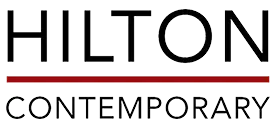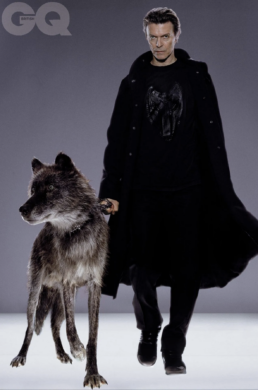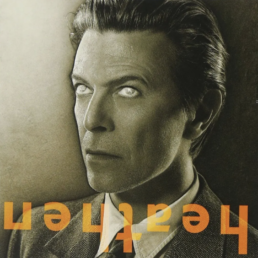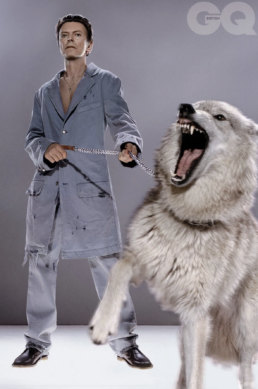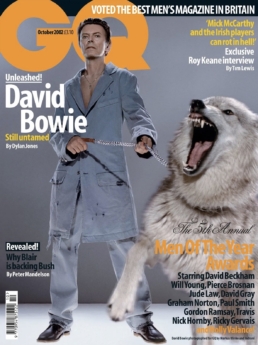It was the late spring of 2001 when I met Angelina Jolie’s famous make up artist, Paul Starr, on a shoot for Interview magazine in New York. He asked me if I had ever worked with Iman, another client of his, and suggested that he would take my portfolio over to her house, just a few blocks down the street from my studio.
The next day, Iman called me on the phone and said that she wanted to meet me and talk about a project. I was very excited to see the legendary supermodel in-person and was anxious to hear what she had in mind. When she arrived at the studio, I was shocked that she was even more stunning than the photos. She was very complimentary of my work and explained that she had been working on her first book, I am Iman. She had contributions from virtually every great fashion photographer in the world already, from Helmut Newton to Steven Meisel, but she wanted me to shoot the cover of the book. I couldn’t be more flattered, but also felt the pressure to create something amazing with her. We scheduled the shoot for the following week.
Read more: How we photographed David Bowie with wild wolves
The session was very successful. She wore fabulous dresses sent over by Alexander McQueen. Iman took on the role of a fierce warrior Goddess and embodied it completely. A couple days later, Iman returned to the studio to take a look over the edits with me, and to my great surprise, David Bowie came along to help choose the cover. He was every bit as charismatic and extraordinary as one can imagine, but really kind and lovely to talk to. David was very involved in the selection process and had a great eye for imagery. Both of them loved the photos.
During the editing session, David casually mentioned that he might be working on a new album and that perhaps he would call me to talk about shooting the cover for it. That sounded a bit too good to be true, and while I was hopeful that this could happen, I did not get my hopes up too high.
Meanwhile, the terrible events of 9/11 took place less than a mile from my studio, and for a little while I even forgot about the prospects of shooting my first David Bowie album cover. Yet, a few weeks after the tragedy, true to his word, Bowie called me. He is one of the very few celebrities that I have worked with who personally got involved, and was extremely communicative and very hands-on in the process. He asked if I could come over to a Broadway recording studio and listen to some tracks. I went over the next day. I wandered around the old, understated recording studio to find Bowie and his producer, Tony Visconti, in one of the rooms. Bowie said that wanted to play some of the new songs for me before discussing the album art. The mental image of Bowie sitting by a window, smoking cigarettes while his producer played the rough mixes from the board, is a memory that I could never forget. After listening to almost the entire album together, we started talking about the shoot. He had many ideas and was very precise about them.
David was very eager to get it all set up as quickly as possible and to shoot within a couple days. He returned to my studio the next day, and brought a series of early Man Ray images that he was very interested in referencing in some way or another. He wanted to be styled in Forties’s suits and wanted to get into the character of a blind man. At that time, most of my work was very colorful, but David was profoundly visionary and believed that it would be interesting for me to produce a series of mainly black and white album images, as well as some color images for press.
He is one of the most photogenic stars ever, and almost every single shot looked incredible. Bowie knew exactly what poses and expressions to do in order to portray the character we discussed. He was very carefree and fun to shoot.
During the following weeks, David often came by the studio to select and edit the photos. One day, he stopped by while I was shooting a British GQ editorial with a lot of male and female models running around in towels and he said, “This reminds me of the Seventies! And I remember nothing from the Seventies…” and then he laughed.
Heathen was released in 2002, and Bowie went on tour to promote the album. Around that time, I got a call from GQ in London, asking me to shoot David for their prestigious “Men of the Year” cover. Since Bowie was busy with the tour and was not available for a shoot within the deadline for the magazine, a creative solution had to be found.
I called up to David and asked him if he would trust me with creating a series of complex photocompositions, using a body double and several wild wolves. He immediately loved that idea, and said that I had carte blanche. My agent called the modeling agencies, and I decided on a young guy who had very much the stature and body shape of Bowie.
Next, I needed to find a bunch of wild wolves and get them to my Soho studio. Luckily, a prominent handler of wild animals for film and photo shoots was a huge David Bowie fan and agreed to bring the gorgeous beasts to New York. Our male model proved himself quite brave, as he worked it with the energetic and sometimes aggressive wolves. While his face looked nothing like Bowie, he was able to channel him through his body language. The images of David from the Heathen session and the shots of the body model and wolves were later combined by my post-production studio and have since become a favorite in GQ’s iconic history.
In the years following the Heathen and GQ shoots, I continued working with Iman on a regular basis, and saw David a couple of times. Once at Iman’s birthday party, he was running around their home and putting on great music to set a fun mood for everyone at the party. I brought over a huge print of Iman as a gift and they both loved it. It was very obvious how much he adored Iman. After his heart attack in 2005, I did not see him anymore.
Fast forward to 21 May 2013: at this time, I had moved to Los Angeles and was finishing up at the gym when I received an email marked “URGENT” from Bowie’s manager, letting me know that David wanted to speak to me. I rushed home to take his call, and was elated to learn that he wanted me to direct a video for his new single “Valentine’s Day.” Years earlier when we shot the Heathen artwork, I told Bowie that I would love to direct a video for the album and he said that it would be great but his new music was not mainstream enough to play on MTV so he didn’t see the point in making any videos. During those days, music videos really depended on MTV.
As I chatted on the phone with David for over an hour about his new video, it was just amazing how surprised he was at the success of this latest album, The Next Day. He said that he was not expecting that at all. With the creative freedom of Vevo and Youtube, he was excited to create videos again.
We did an animated portrait shoot, since many of his fans really wanted to be able to just watch him “without all the bells and whistles.” We shot the video in two days in New York. The song was about a mass shooting, and he wanted to reference the violence in a very subtle way. I had the idea to insert a flying bullet for a split second and if you look closely, there is a shadow of a person holding a machine gun.
My coffee table book, Icons, had just come out a few months prior to the video shoot featuring both David and Iman, with Iman writing the foreword for the book. David wanted a few copies of the book, and signed some as gifts. His spirits were very high and he was in a great mood. It was wonderful to work with him again after so many years, and see him full of creativity, energy, and excitement about the future.
Markus Klinko’s “Bowie Unseen” show opens in Basel, Switzerland on 24 March at Licht Feld gallery until 9 April and in LA at Mr Musichead gallery on Sunset Blvd on 19 May.
